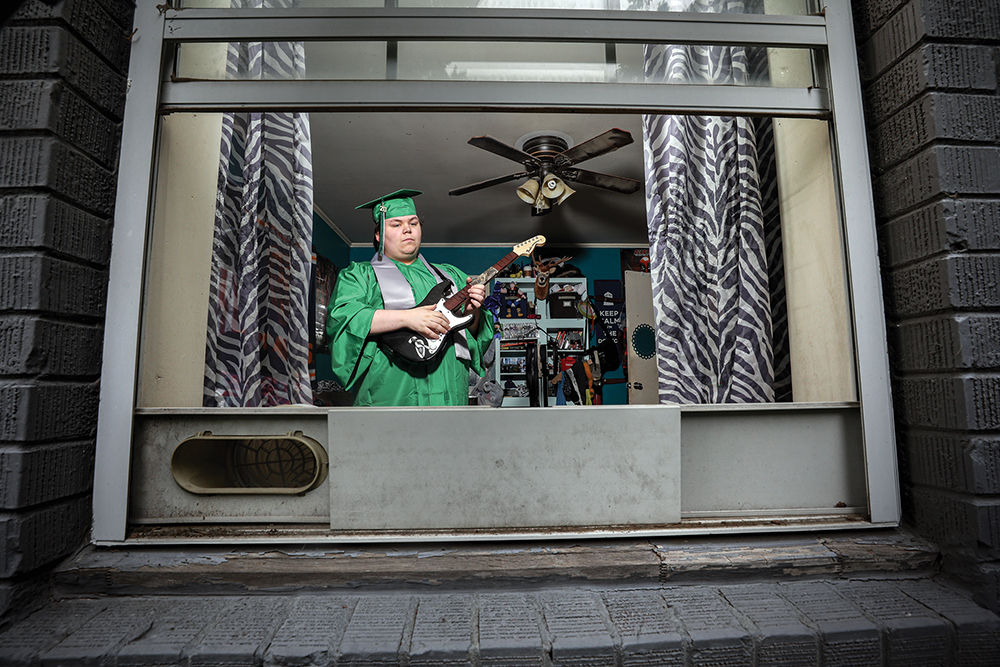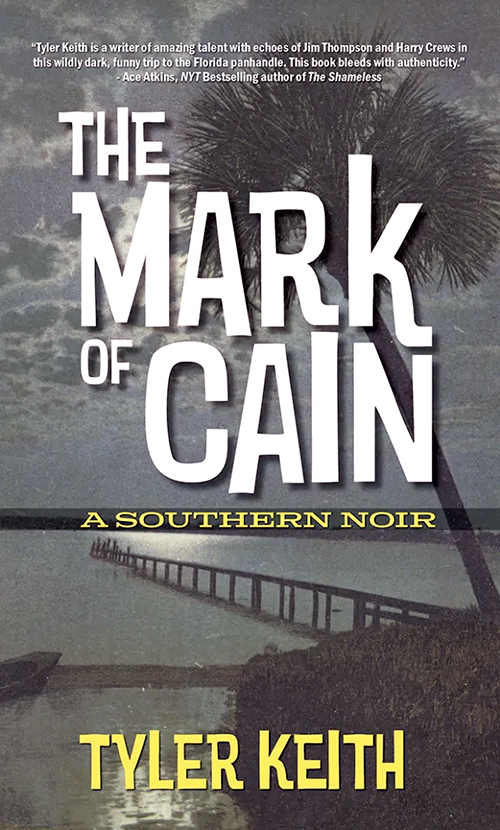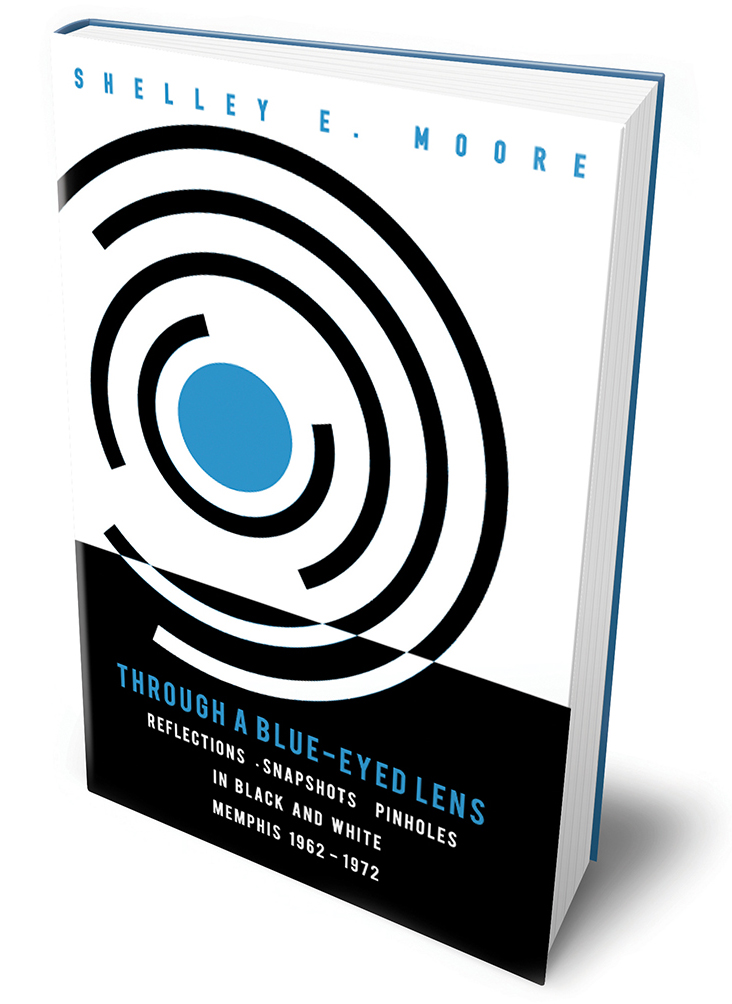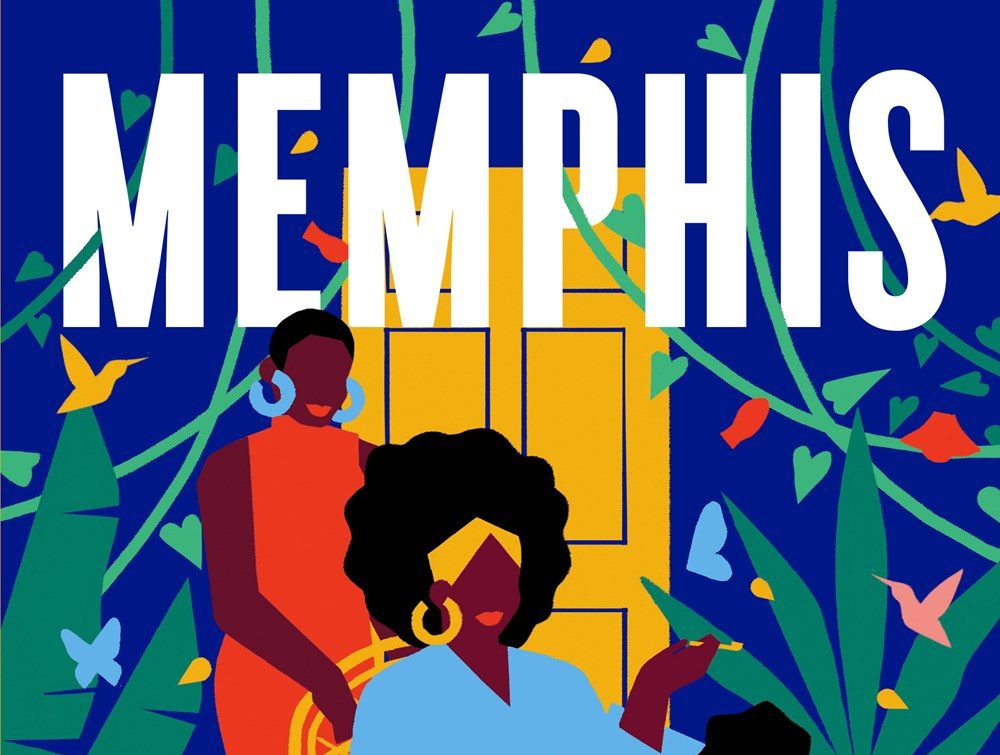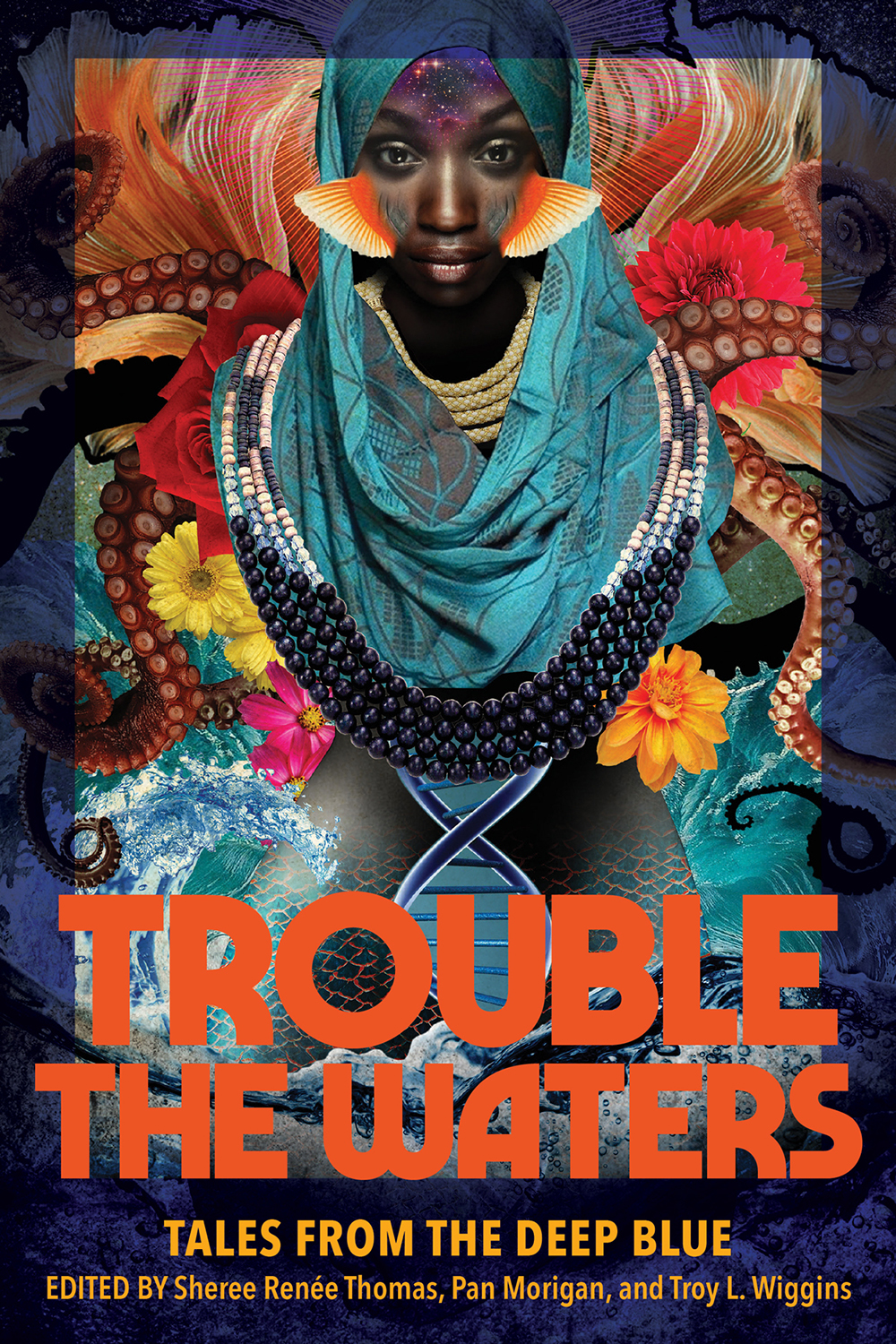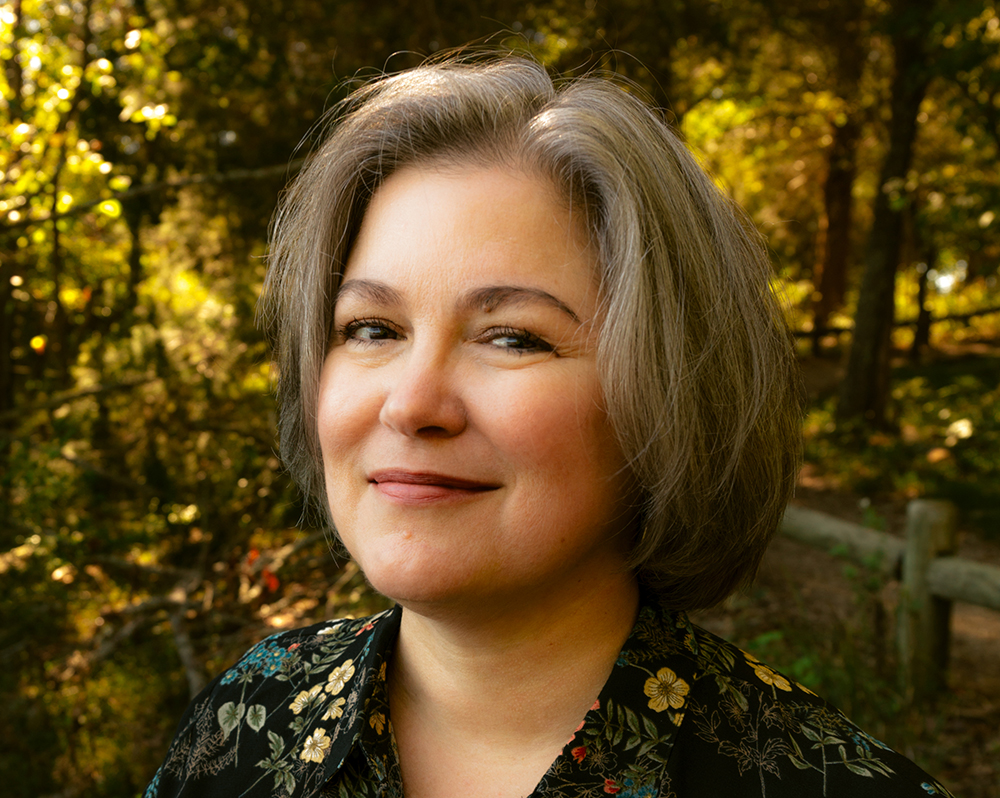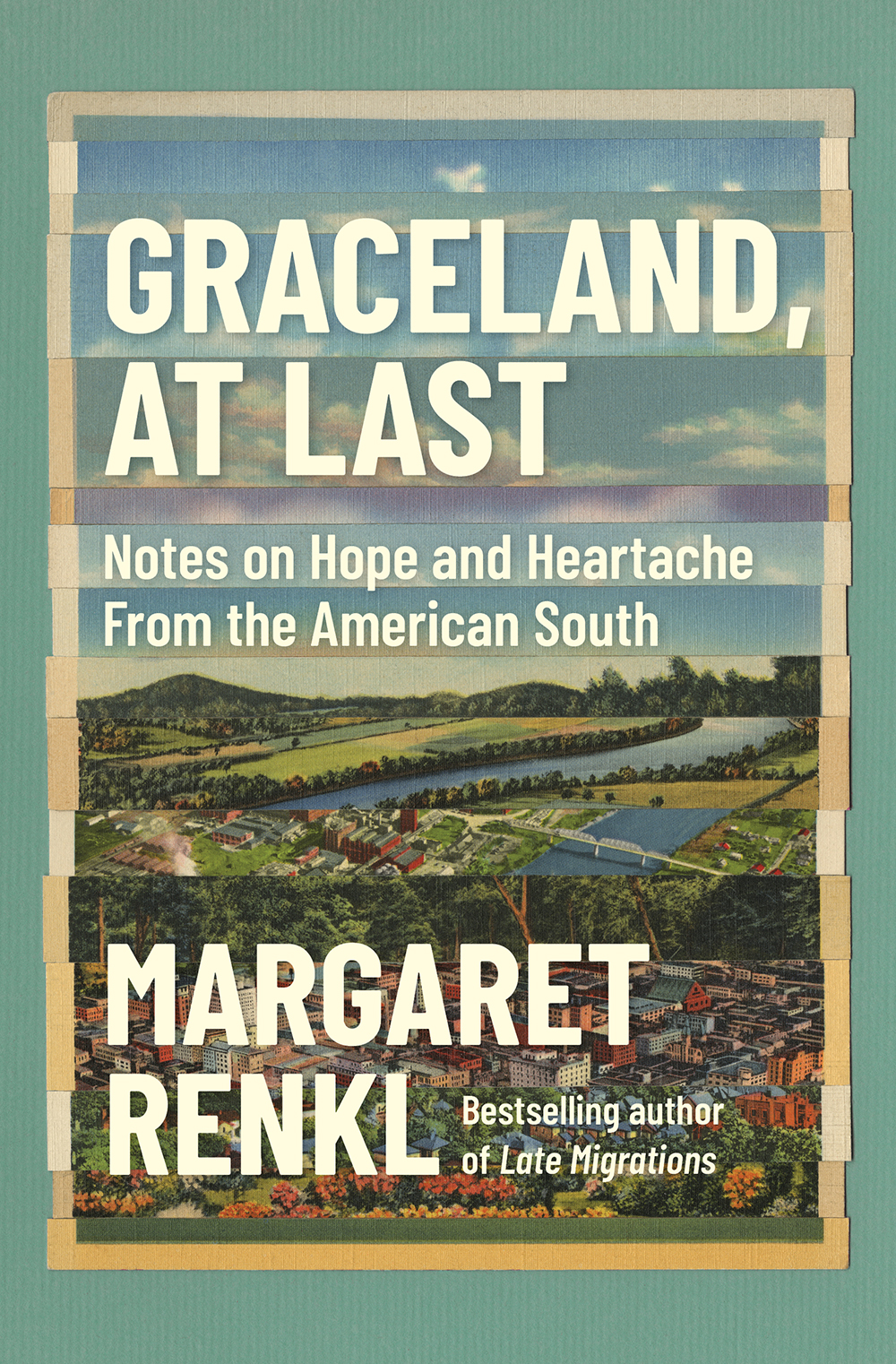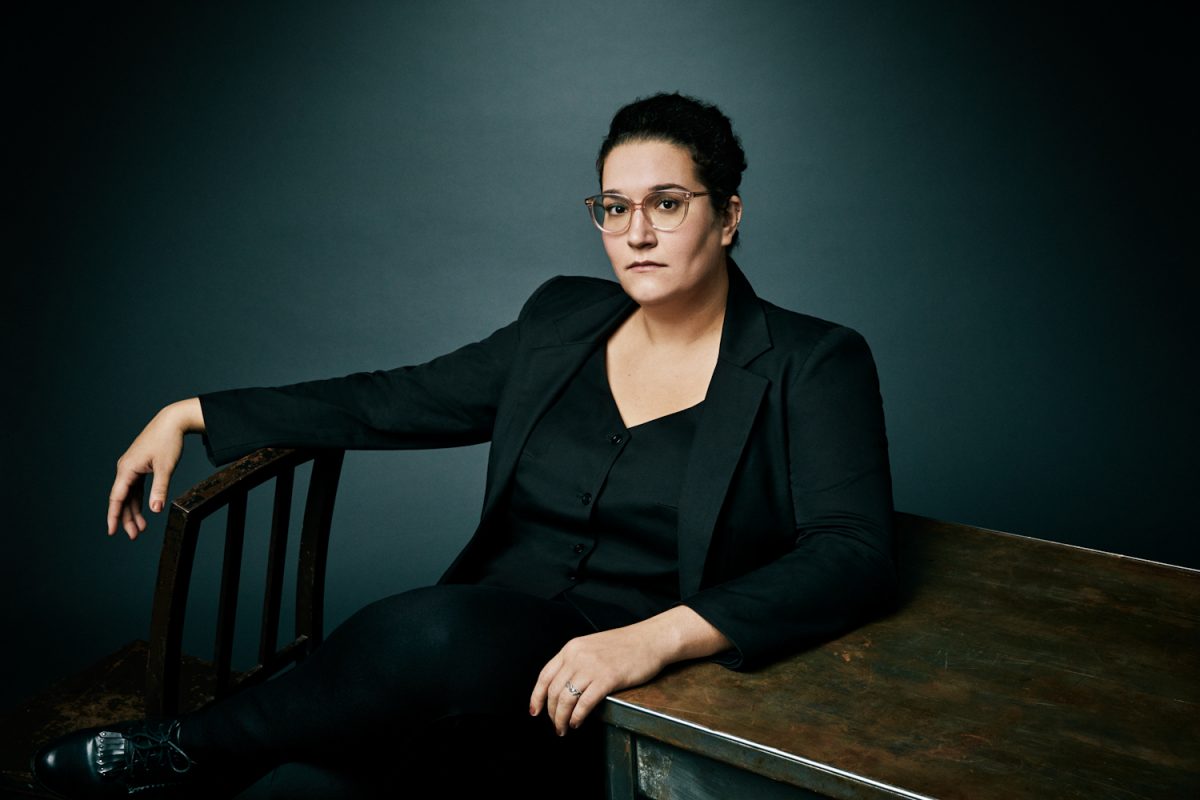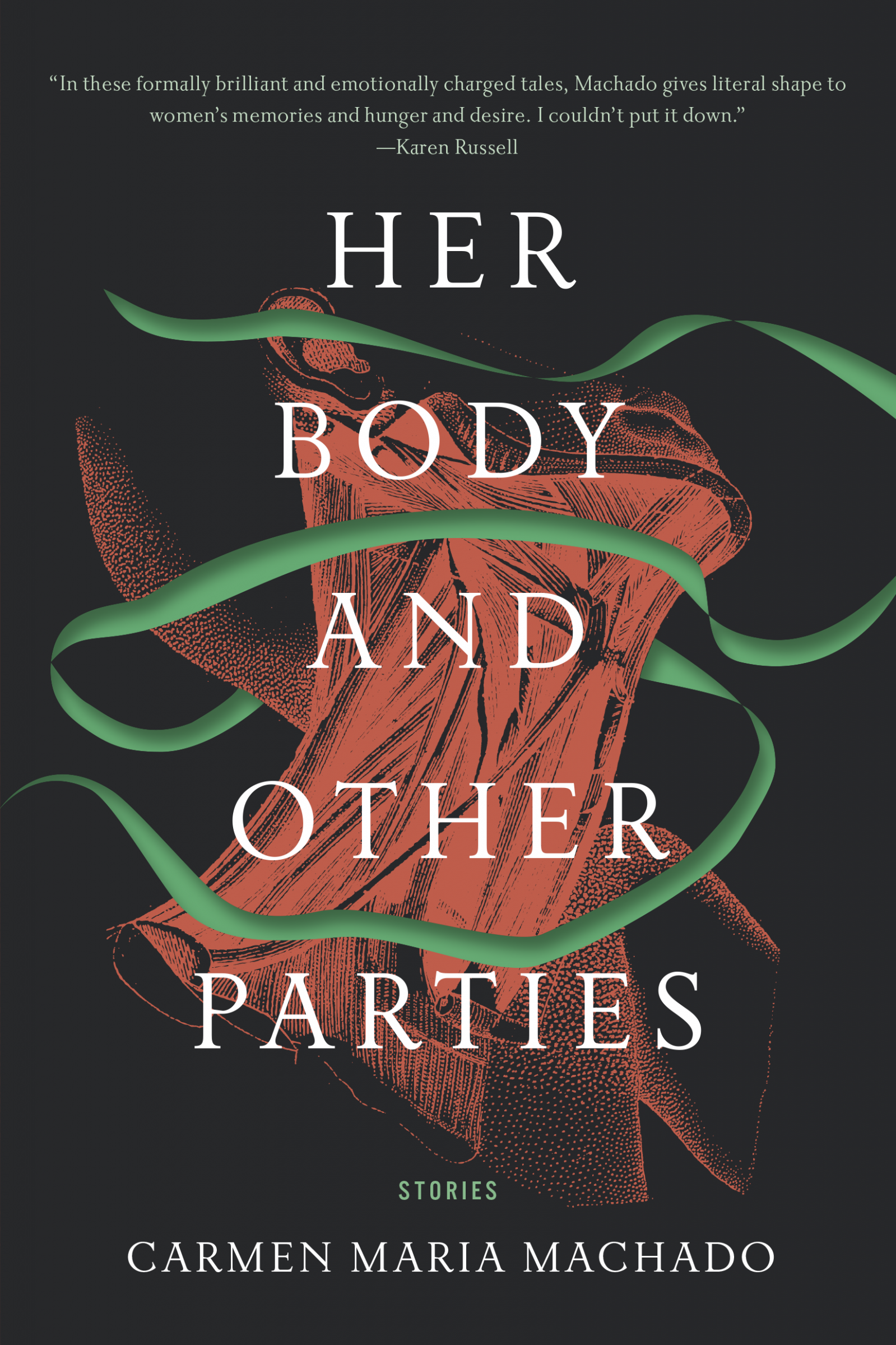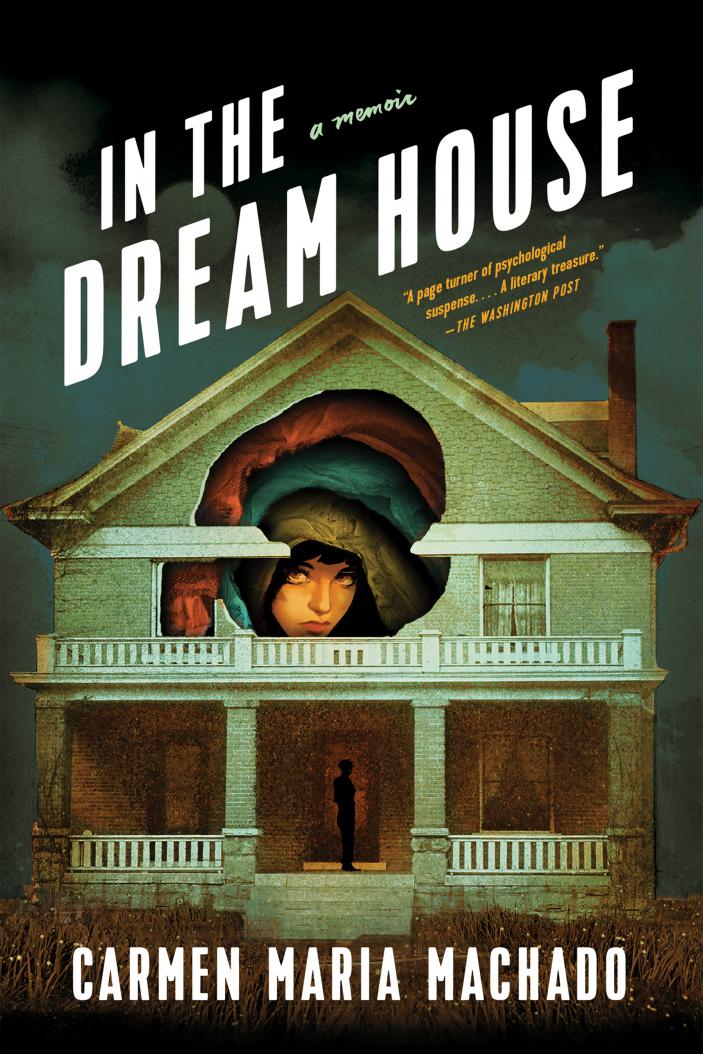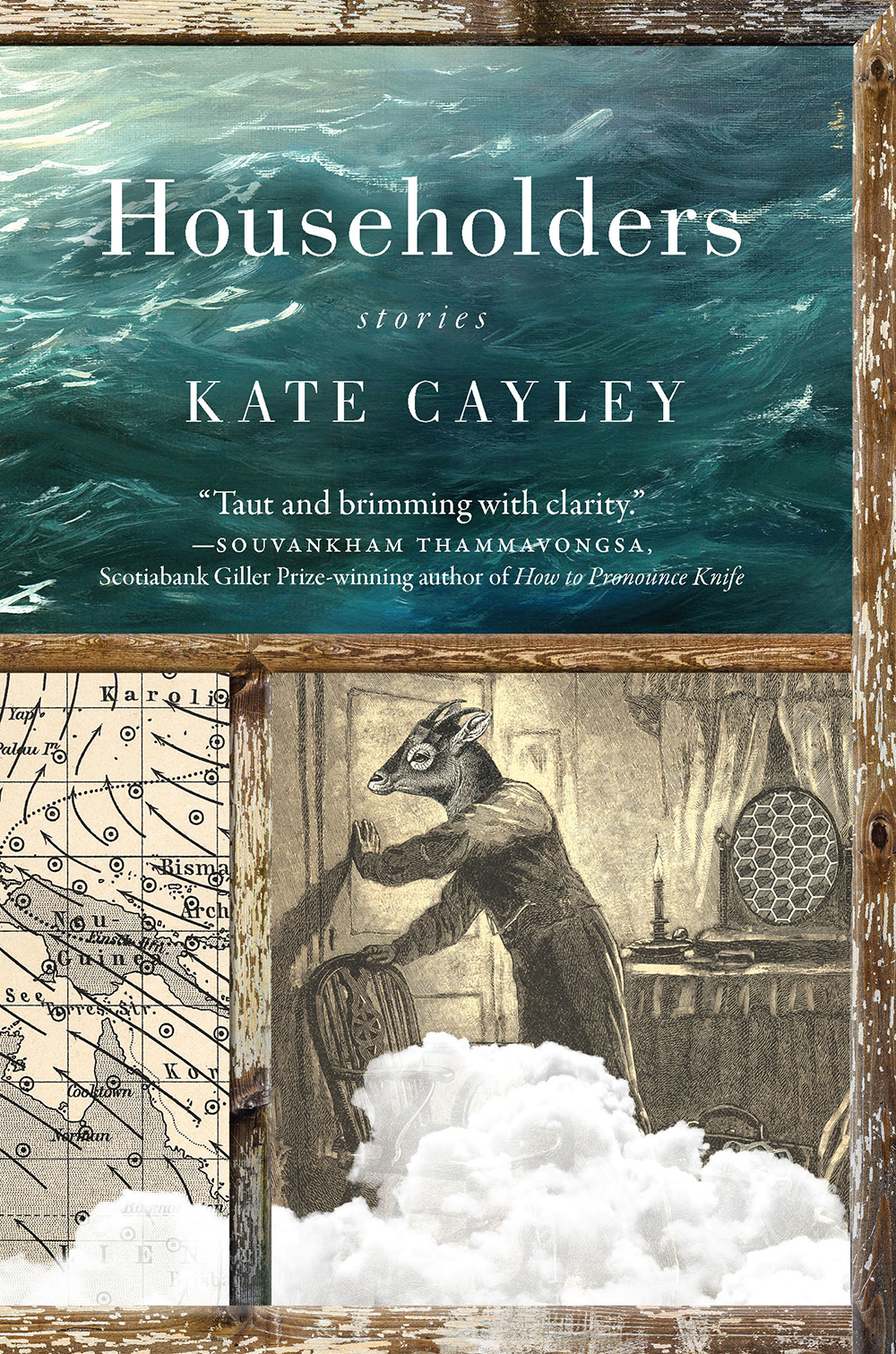“The Memphis Quarantine Project started on March 13, 2020,” writes photographer Jamie Harmon in the opening lines of his new book, Memphis Quarantine (Amurica), and noting the date only heightens the new volume’s sense of time travel. By that Friday the 13th, the World Health Organization had declared Covid-19 a pandemic and area schools were transitioning to remote learning or extra time off. With the city’s official lockdown more than a week away, most of us were already radically rethinking our routines — and at that point, many feared contagion from just touching groceries. There was but one suggestion of increased safety: the great outdoors.
And so Harmon hit the streets. “I asked a friend if I could photograph them from outside their home,” he writes. “This led to posting an open invitation on social media and the project quickly grew to over 1,200 dwellings.” Luckily for Memphis and the world, Harmon is a photographer with a keen eye for flashes of character in the moment; his bio says he’s a visual anthropologist, and that’s closer to what he does with a camera. With it, he casts a wide net to capture the culture of Memphis in all its diversity: a multitude of porches, windows, apartments, garages, pets, and various states of parenthood reveal themselves from more or less the same zone — between the inside and the outside.
From only a few yards away or through double-paned glass, the distance is always there, looming in every image. A family crouching on a screened-in porch; young housemates gathered with their instruments just inside the door; a couple represented by two heads framed in separate windows; someone playing a guitar solo in green graduation robes; a porch-sitter obscured by the Memphis Flyer she’s reading, her dog alert. Yet all of them also feature another silent subject: the distance itself.
In each shot, Harmon puts himself into what anthropologists call liminal space, a realm betwixt and between different states of being. The photographer keeps his pandemically correct distance, yet simultaneously peers across it, illuminating those interior safe spaces to which we all retreated. Harmon occasionally keeps his spot flash in the frame, throwing light from just outside the window into the spaces where humans live. These pictures capture both how people defined a safe distance in those dark days, and how they defined the interior space of their bubble.
As Harmon was taking images and posting them on social media, just glimpsing them in a scroll was somehow hopeful, albeit ephemeral. Others first saw these portraits in Memphis magazine, or when exhibited by Crosstown Arts in February. But it takes the more contemplative space of a book in your lap to bring it home: Here was someone seeing all of us, bearing witness, even as we bore witness to the friends and neighbors we saw through Harmon’s work. In pairing strangers with more familiar faces, this book forges an all-embracing, democratic vision of who we were.
Writ large, the expressions lean toward the grim, the anxiety-ridden. They’re not unlike dignified 19th-century portraits where subjects presented themselves before the lens in stillness, with the gravitas of the ages. Yet others defy such seriousness of purpose, determined to keep some fun or beauty to their lives, through funny ears, pets, or mugging for the camera. Or, as with that person wearing a tyrannosaurus rex suit in their living room, through all of the above.
It’s a credit to the inventiveness of both Harmon and his subjects that the book presents hundreds of variations in setting, color, lighting, and mood. Some, like Ben Siler, Andria Brown, or Flyer alum Chris Davis, offer writings from or inspired by the time. But most of these portraits are resolutely anonymous, all of us reduced to that stalwart everyman or everywoman bent on survival. In a nod to the many who agreed to have their portrait published (some didn’t), Harmon lists the 814 folders of images in the order he shot them over two and a half months. They’re not meant to identify the subjects; they’re just another artifact of this anthropologist’s journey, from the outside to the inside in the click of a shutter.
